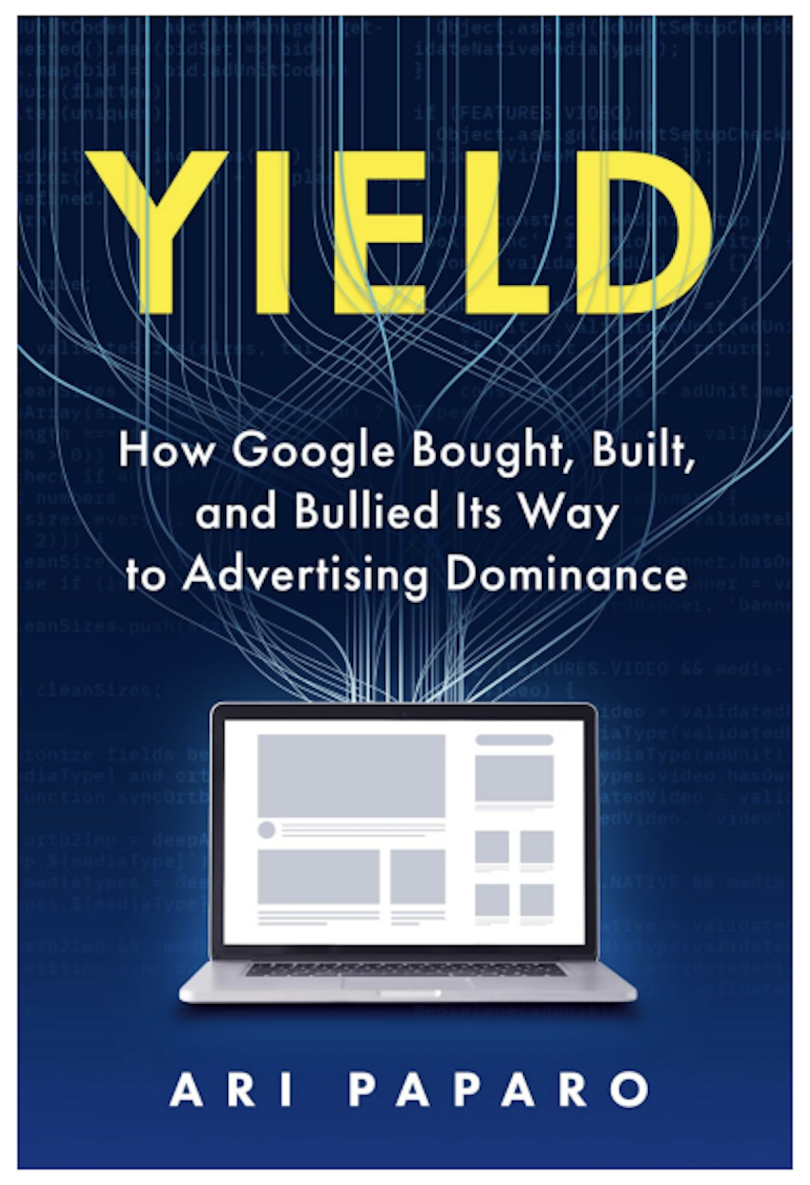The conventional wisdom around antitrust cases in the United States is that they tend to create change just as the abuses in question become less relevant. Put another way, they attack yesterday’s problems.
Google used to have perfect information about every auction in real time and use that data to change its bids and floor prices. Today, they still have the information, but much of it is also shared with the competition. Technology has evolved so that instead of perfect insights in real time, Google (and competitors) can use AI and machine learning to predict bids and prices with almost as much accuracy.
Google’s “Open Bidding” alternative turned out to be a bust. The Trade Desk, the largest independent DSP, bans any purchasing through this channel. The Jedi Blue deal with Facebook lost relevance once Facebook shuttered their web ads business. While it remains in app advertising, that market is quite competitive, and Google is not necessarily the leader.
What’s at Stake in the Google Ad Tech Antitrust Case?
Regulators are pushing to break up Google’s ad tech stack, but the market has already shifted. Growth in Google’s display ad business has stalled, and mobile apps and social platforms now dominate. A forced divestiture could level the playing field — but also risk disrupting publisher revenue, inflating ad tech costs and diminishing Google’s investment in the open web.
The Market Is Shifting
These market changes have hurt Google’s business, which remains large but is no longer growing. In Google’s financial reporting, they divide the “Network” business to include AdMob, AdX, AdSense, the DSP, the ad network and the ad servers. This patchwork of businesses has different dynamics, making it hard to pinpoint growth sources. Overall, the segment roughly tripled in size from $10.3 billion in 2011 to $31.7 billion in 2021. This figure was bolstered by increased online activity during Covid lockdowns, especially for mobile AdMob. Even without 2021’s exceptional spike, the business almost doubled, reflecting Google’s execution of Neal Mohan’s strategy and the growth of the display products from virtually nothing to industry leaders.
Since 2021, growth has gone negative, and the business remains around $31 billion several years later. If mobile AdMob outpaces web businesses, it appears the businesses under antitrust scrutiny are shrinking, perhaps rapidly. Various court exhibits indicated a flattening or slight decline in Google’s display market share leading up to 2020.
Consumers have shifted toward mobile devices and social apps, marginalizing the publishers and media companies fighting Google’s grip. Time spent on mobile exceeded desktop around 2018 or 2019, and recent estimates show social media time exceeds two hours per day. Some mainstream publishers, like Weather.com and the New York Times, thrive in this mobile-app-driven ecosystem, but most struggle. Use of websites for news dropped ten percentage points from 2018 to 2023, with gains going to social media, trends seen globally. Only 24 percent of young people use the web for news.
But What About Publishers?
Despite the whiff of “yesterday’s problems” in antitrust cases, media companies trapped in this maelstrom still face real challenges. Their day-to-day businesses run on Google’s ad serving “stack,” and that won’t change overnight.
Three key questions remain: What should be done to stop future abuses? How much did Google siphon out of the market because of its monopoly? And how much of Google’s market share was bolstered by ties between products?
The DOJ, EU and Canadian government have asked courts to force Google to separate its sell-side advertising business, including the ad server and the exchange, AdX. Google offered to spin out AdX to satisfy EU regulators, but publishers rejected this as insufficient because the ad server would stay with Google. A full breakup would sever ties between the ad network’s demand, the exchange, and the ad server, allowing other exchanges and ad servers to compete. But would this be good for publishers?
Publishers are apprehensive about spinning out Google’s advertising assets. They remain dependent on the publisher ad server, and uncertain ownership poses operational risk. While the ad server could be profitable on its own, it’s currently heavily subsidized by margin from AdX. If AdX never existed, Google likely wouldn’t have modernized or acquired it.
If spun out without AdX, that subsidy would vanish, reducing resources to maintain and improve technology, and perhaps increasing prices to publishers. Even if spun out together, the exclusive relationship with the ad network would disappear or be reduced. Demand from the ad network would spread more evenly across exchanges, reducing revenue and resources for the spun-out entity.
The firehose of demand from the ad network could also face uncertainty. It may seem logical that without self-dealing, Google would spread demand from AdWords across many exchanges, giving publishers more monetization control. Currently, the ad network splits its margin with AdSense or AdX, taking only 14 percent while AdX keeps 20 percent. Freed from constraints and treating AdX at arm’s length, the ad network might increase margins across all supply paths — perhaps keeping 20 or 30 percent per bid, reducing publisher payouts. For years the ad network propped up AdX pricing with double bids; while first-price auctions made this unnecessary, some bid inflation may remain and disappear once separated.
Bidding from Google’s DSP could also be affected. Since 2017, more than half of bids from the DSP have gone to AdX. An independent AdX might not enjoy that privilege, leading to more even bidding across exchanges. While economic theory suggests this would pressure exchanges to lower take rates, it could also cause less predictable outcomes, such as Google pushing for lower publisher floors when bidding.
Where Do We Go From Here?
Systematic efficiencies come from Google’s integrated stack. At trial, Google’s expert witness Dr. Israel showed that despite AdX’s high 20 percent fee, paths within Google were among the most efficient (cheapest). For example, a buyer using Google DSP buying on AdX would face lower total fees than one using Criteo to buy ads on PubMatic. Some efficiencies come from internal subsidies and noneconomic decisions. Testimony indicated the display group ran unprofitably for years and only became profitable when AdMob and mobile took off. Former Google executives say the DSP remains unprofitable. It’s unclear what happens when subsidies disappear and executives reassess.

Sharing cookies among stack parts gave buyers and sellers advantages in targeting and reporting. Even as cookies become less relevant, data sharing remains a key benefit of Google’s scale and scope. Judge Brinkema asked Trade Desk’s John Dederick if breaking Google would make buying harder, highlighting complexity. While much of Google’s data use is unknown, it’s reasonable to assume spun-off parts would lose benefits from Google’s data.
One publisher executive made a stark analogy: “Like it or not, Google is a stable empire. Bring down the empire, and you might have the Dark Ages with no indoor plumbing. It could get worse before it gets better.” They noted economic concerns, saying, “If a private equity firm bought the ad server and hiked prices, it could put marginal publishers out of business.” Most concerningly, they asked, “If Google no longer has a stake in the open web, why send anyone to it?” Optimistic views of a breakup assume Google’s core business continues as usual and only economics change. This discounts Google’s growing emphasis on YouTube and declining dependence on the Network business. What if Google simply picked up its toys and went home?
Excerpted from Yield by Ari Paparo. Copyright © 2025 by Ari Paparo. Reprinted with permission by Amplify Publishing.




